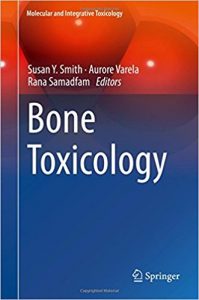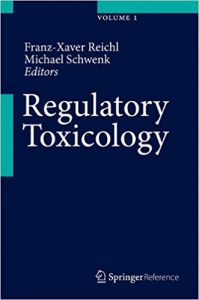Translational Toxicology and Therapeutics: Windows of Developmental Susceptibility in Reproduction and Cancer 1st Edition

[amazon template=image&asin=1119023602]
Translational toxicology aims to identify applicable therapeutics that can safely and effectively mitigate potential harm from natural as well as anthropogenic environmental exposures.
Written by leading research scientists, Translational Toxicology and Therapeutics: Windows of Developmental Susceptibility in Reproduction and Cancer integrates toxicology and human health through coverage of environmental toxicants, genetic / epigenetic mechanisms, and carcinogenicity. The disciplines of toxicology and therapeutics are linked, relating toxicant exposure and genetic and epigenetic mechanisms to human health and development. The chapters explain specific cellular and molecular targets of known toxicants and offer a systematic approach to identify mutagenic, reproductive, and developmental toxicants.
Coverage features discussion about cancer and mutation causes, toxicant exposures, gene-environment interactions, toxicant modes-of-action, and therapeutic strategies to reduce cancer risk. Readers can use this information to develop new animal models and tests to assess toxic impacts – specifically mutation and cancer – on human health.
About the Author
MICHAEL D. WATERS, PhD, is an independent consultant with over 40 years of toxicology and toxicogenomics research experience at the EPA, at NIH/NIEHS and in the private sector. He has held adjunct professorships in toxicology and pharmacology at both the University of North Carolina and Duke University.
CLAUDE L. HUGHES, MD, PhD, is an Executive Director in the Therapeutic Science and Strategy Unit at QuintilesIMS. He is also an Adjunct Professor at North Carolina State University, and Wake Forest University as well as a Consulting Professor at Duke University Medical Center.











